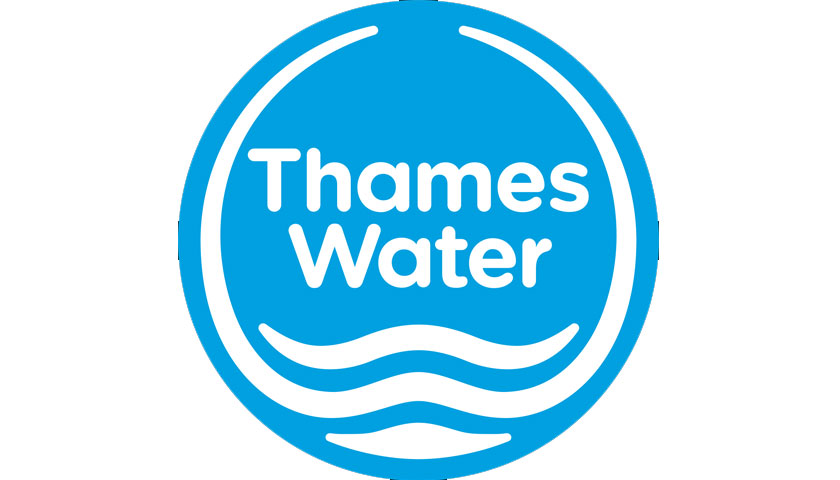Having started at a London sewage works nine decades ago, Thames Water has published the final stage of its roadmap to achieving net zero carbon emissions across all operations by 2030.
The UK’s largest water supplier is committed to leading the future of energy transition by transforming the way it creates and uses power to become carbon neutral by 2030, having cut emissions by almost 70 per cent since 1990.
The company, which has been producing renewable energy at Mogden sewage works since the 1930s, aims to be carbon negative by 2040.
Thames Water’s comprehensive plan includes reducing the use of fossil fuels across the business, harnessing renewable energy sources from waste, solar power and heat recovery schemes, and working with sustainable suppliers and partners.
A new Ventures unit has also been launched to expand the company’s renewable energy business, build resilience and open-up new green spaces for customers, while an unprecedented amount of investment is being directed towards reducing pollutions, and safeguarding rivers and the natural environment.
Sarah Bentley, Thames Water CEO, said: “We all have a responsibility to take urgent action against climate change, the world’s biggest environmental challenge, and to work together to protect our planet and our water cycle for future generations.
“At Thames Water, we’ve played an important role in the past and are now leading the future of UK energy transition. Not only do we provide life’s essential service, clean and fresh drinking water to millions of customers every day, but we also create reliable, affordable, and sustainable power by processing sewage. For us, the next stop is net zero.
“Achieving this target will require us to explore innovative new solutions and technology, led by our net zero taskforce of experts from across the business. We don’t yet have all the answers and our plans will evolve, but it’s a challenge we’re all relishing to enable our customers, communities, and the environment to thrive.”
Since 1990, Thames Water has cut its operation emissions from operations by 68 per cent despite serving an additional 4.3 million customers.
Last year, Thames Water produced over 311GWh (gigawatt-hours) of renewable electricity across its sites, enough to power the London Borough of Bexley for a year, as well as recovering 150GWh of renewable heat from operations, reducing dependency on natural gas.
The regulated company is the largest generator of renewable electricity in the water industry, self-generating more than 23% of the power it needs and buying 100% certified renewable electricity for the rest. It also produces up to 12GWh of solar energy a year – enough to power 3,700 households.
In February, the company announced that excess heat recovered from the sewage treatment process could be used to power more than 2,000 homes in Kingston thanks to a new carbon-cutting partnership between Thames Water and Kingston Council.
Other schemes in today’s roadmap include producing renewable power such as biomethane at its sewage works, which can be exported to the gas grid or used as vehicle fuel, rolling out electric vehicles for use by employees and exploring how carbon can be best captured, stored and used on sites.
See the full roadmap – which will continue to be updated towards the 2030 milestone – here.



